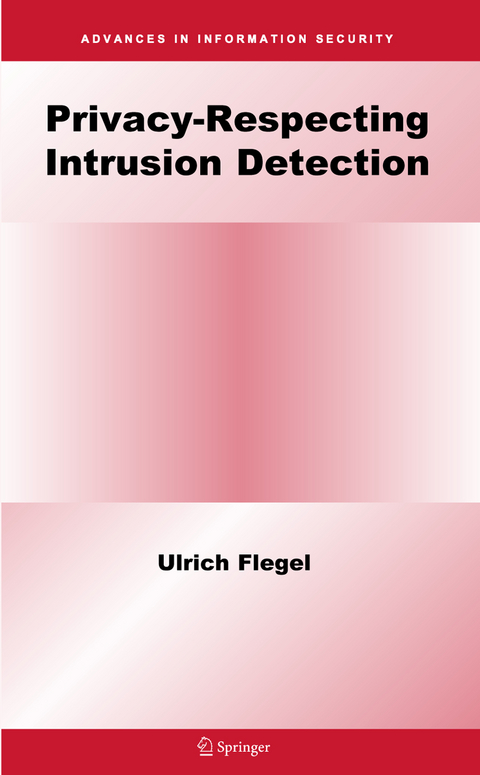
Privacy-Respecting Intrusion Detection
Springer-Verlag New York Inc.
978-1-4419-4175-6 (ISBN)
and Background.- Authorizations.- An Architectural Model for Secure Authorizations.- Traditional Security Objectives.- Personal Data Protection Objectives.- The Challenge: Technical Enforcement of Multilateral Security.- Pseudonyms – A Technical Point of View.- An Architectural Model for Pseudonymous and Secure Authorizations.- Comparing Architectures.- Audit Data Pseudonymization.- Set-based Approach.- Requirements, Assumptions and Trust Model.- Modeling Conditions for Technical Purpose Binding of Controlled Pseudonym Disclosure.- Cryptographic Enforcement of Disclosure Conditions.- The Mismatch Problem.- Operational Pseudonymization and Pseudonym Disclosure.- Extensions.- Application to Unix Audit Data.- Unix Audit Data.- Syslog.- Instantiating the Set-based Approach for Syslog-style Audit Data.- Implementation: Pseudo/CoRe.- Evaluation.- APES: Anonymity and Privacy in Electronic Services.- Evaluating the Design Using Basic Building Blocks for Anonymity.- Evaluating the Performance of the Implementation.- Refinement of Misuse Scenario Models.- Motivating Model Refinements.- Models of Misuse Scenarios.- Pseudonymization Based on Serial Signature-Nets.- Pseudonym Linkability.- Pseudonym Disclosure.
| Erscheint lt. Verlag | 19.11.2010 |
|---|---|
| Reihe/Serie | Advances in Information Security ; 35 |
| Zusatzinfo | 61 Illustrations, black and white; XX, 307 p. 61 illus. |
| Verlagsort | New York, NY |
| Sprache | englisch |
| Maße | 155 x 235 mm |
| Themenwelt | Mathematik / Informatik ► Informatik ► Datenbanken |
| Informatik ► Netzwerke ► Sicherheit / Firewall | |
| Informatik ► Theorie / Studium ► Algorithmen | |
| Informatik ► Theorie / Studium ► Kryptologie | |
| Informatik ► Weitere Themen ► Hardware | |
| ISBN-10 | 1-4419-4175-4 / 1441941754 |
| ISBN-13 | 978-1-4419-4175-6 / 9781441941756 |
| Zustand | Neuware |
| Informationen gemäß Produktsicherheitsverordnung (GPSR) | |
| Haben Sie eine Frage zum Produkt? |
aus dem Bereich


